Nestled between the North Atlantic and Iceland's rugged coastline, Reykjavik's Harpa Concert Hall stands as an architectural marvel that has acousticians and musicians alike marveling at its natural acoustic properties. The building's unique volcanic rock construction creates a reverberation time of nearly 8 seconds - an extraordinary feat in modern performance spaces that typically sacrifice natural resonance for amplified clarity.
The Geological Symphony
What makes Harpa's acoustics truly remarkable isn't just the duration of its reverberation, but the quality of decay. The basalt-inspired hexagonal glass facade isn't merely an aesthetic nod to Iceland's volcanic landscape - it functions as a sophisticated sound diffuser. When the Icelandic Symphony Orchestra performs without amplification, the hall's natural acoustics create a sonic signature unlike any other major concert venue in the world.
Acoustic designer Eric Desart explains: "Most modern halls struggle to reach 2 seconds of clean reverberation. The fact that Harpa achieves four times that naturally, without electronic enhancement, rewrites what we thought possible in contemporary architecture. The volcanic rock in the foundation acts like a giant sounding board, while the precisely angled glass panels prevent the echo from becoming muddy."
A Happy Geological Accident
Interestingly, the phenomenal acoustics weren't entirely by design. The construction team discovered during early tests that the site's volcanic bedrock - the same material that forms Iceland's dramatic cliffs and sea stacks - naturally amplified low frequencies in ways that man-made materials couldn't replicate. Architects then modified their plans to incorporate this geological advantage rather than fight against it.
Local legend claims that when renowned Icelandic singer Björk first tested the space during construction, she burst into tears upon hearing how her voice interacted with the nascent hall. The story may be apocryphal, but professionals confirm the emotional impact of experiencing such prolonged natural reverberation. Choral conductors particularly prize the venue for how it preserves vocal harmonics during the extended decay.
The Science Behind the Sound
Physicists from the University of Iceland have published papers analyzing Harpa's unique acoustic properties. Their research reveals that three factors combine to create the hall's signature sound: the density of the bedrock foundation, the irregular honeycomb surface area of the glass panels, and the strategic placement of absorbent materials only in locations that prevent standing waves.
Unlike traditional shoebox-shaped concert halls that use architectural tricks to enhance reverberation, Harpa's organic geometry creates what acousticians call a "living decay curve." The sound doesn't simply fade uniformly - different frequencies dissipate at varying rates, creating what one music critic described as "hearing the Northern Lights." High notes shimmer slightly longer than bass tones, producing an effect reminiscent of Iceland's natural soundscape where glacial runoff and geothermal vents create layered ambient noise.
Challenges and Solutions
Such extraordinary natural reverberation doesn't come without challenges. Early performances revealed that certain repertoire - particularly dense Romantic-era orchestral works - could become acoustically overwhelming. The hall's technicians developed an innovative system of retractable sound-absorbing banners that can adjust the reverberation time downward to 5.5 seconds when needed.
Jazz and amplified pop performances presented another puzzle. The solution emerged from an unlikely source: the fishing industry. Acoustic panels made from recycled fishing nets - a nod to Iceland's maritime heritage - can be deployed to create a drier sound for contemporary genres while maintaining the hall's visual aesthetic.
A New Benchmark in Hall Design
Harpa's success has sparked a reevaluation of concert hall architecture worldwide. Five new major performance venues currently under construction from Oslo to Seoul now incorporate bedrock connectivity in their designs. The "Icelandic Model" of working with a site's natural acoustics rather than imposing artificial solutions represents a paradigm shift in performance space construction.
Recording engineers have also taken notice. Several landmark classical recordings have been made in Harpa specifically to capture its unique acoustic signature. The Berlin Philharmonic's 2021 recording of Sibelius' symphonies, made during their residency, features liner notes that devote an entire paragraph to describing how the hall's reverberation influenced their interpretation.
As climate change makes sustainable architecture increasingly crucial, Harpa stands as testament to how working with natural materials can produce unexpected artistic benefits. The concert hall's geothermal heating system and locally sourced materials already made it an environmental standout - the acoustic advantages were what one architect called "the most beautiful bonus in architectural history."
The Future of Natural Acoustics
Harpa's success has ignited interest in other geological acoustic phenomena. Researchers are currently studying ancient Greek theaters carved into mountain slopes to understand how their natural reverberation compares. Some audio engineers speculate that we may see a return to regionally distinct acoustic signatures in performance spaces, much like how vineyards produce location-specific wine terroir.
For now, music lovers continue making pilgrimages to Reykjavik to experience what the New York Times called "architecture that sings." Whether attending a Viking chant performance that seems to echo into eternity or hearing a single piano note dissolve slowly into silence, visitors consistently report that Harpa offers not just concerts, but profound sonic experiences that linger in memory as long as sound lingers in its volcanic embrace.
As the midnight sun streams through Harpa's crystalline facade during summer music festivals, casting prismatic light patterns that dance in time with the extended reverberations, one understands why Icelandic builders named their masterpiece after the ancient Norse word for harp. The entire structure has become an instrument - one played not by hands, but by the very geology of Iceland itself.
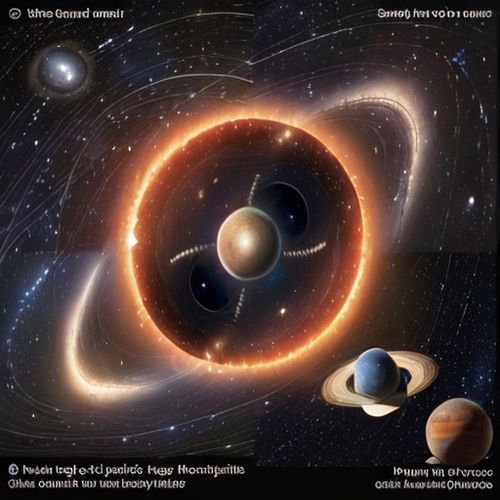
By Victoria Gonzalez/Apr 14, 2025
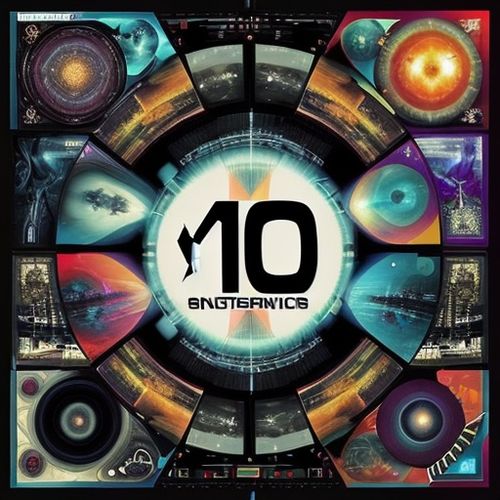
By Ryan Martin/Apr 14, 2025
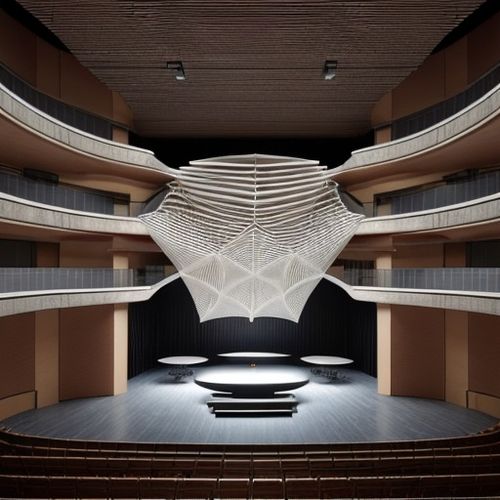
By John Smith/Apr 14, 2025

By Eric Ward/Apr 14, 2025

By Victoria Gonzalez/Apr 14, 2025

By Ryan Martin/Apr 14, 2025

By James Moore/Apr 14, 2025

By Megan Clark/Apr 14, 2025
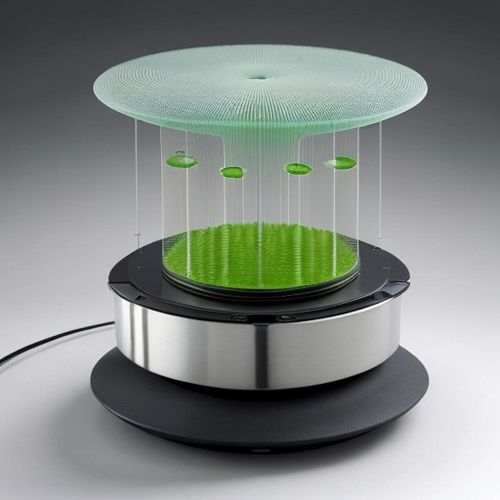
By John Smith/Apr 14, 2025
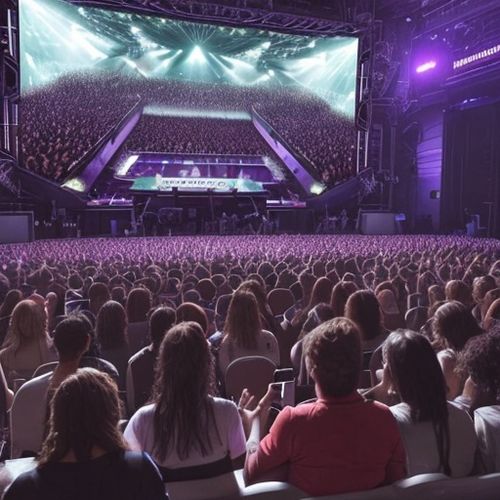
By Joshua Howard/Apr 14, 2025

By Laura Wilson/Apr 13, 2025
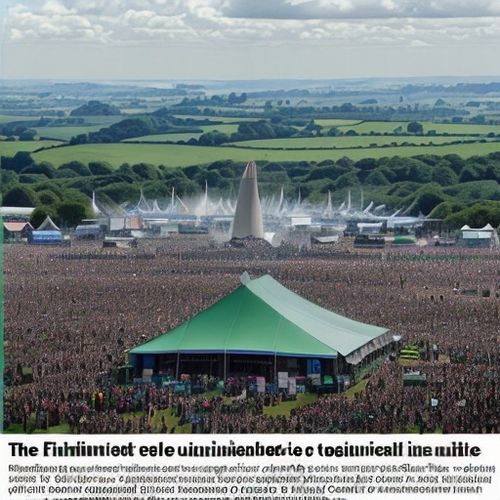
By Grace Cox/Apr 13, 2025
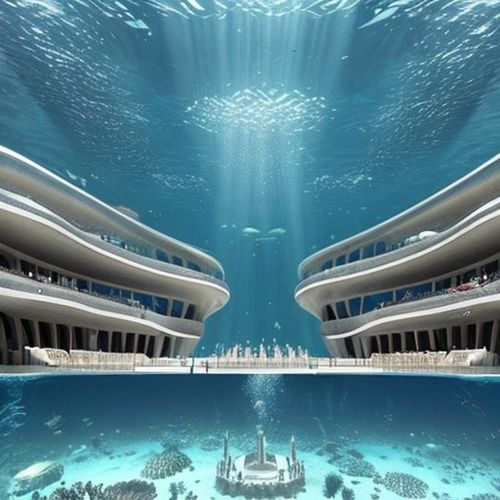
By Benjamin Evans/Apr 13, 2025

By George Bailey/Apr 13, 2025
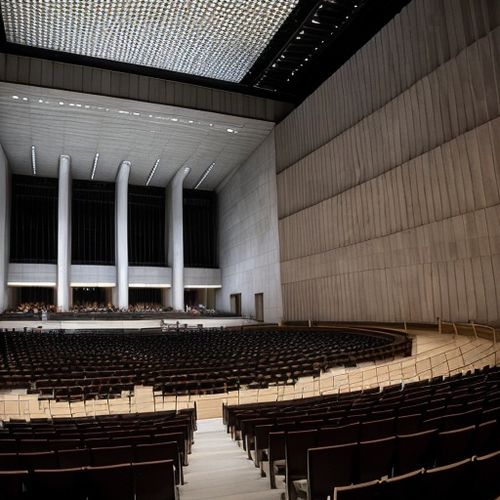
By David Anderson/Apr 13, 2025
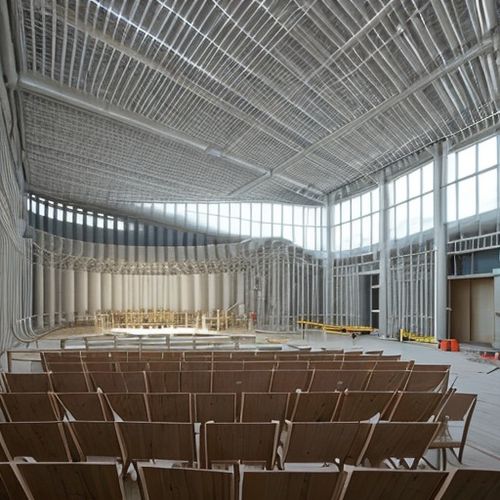
By Grace Cox/Apr 13, 2025
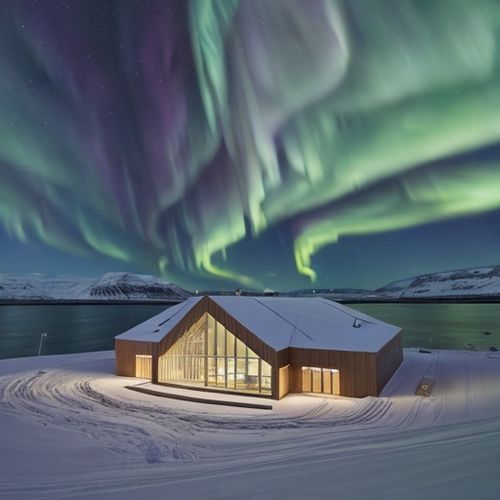
By William Miller/Apr 13, 2025
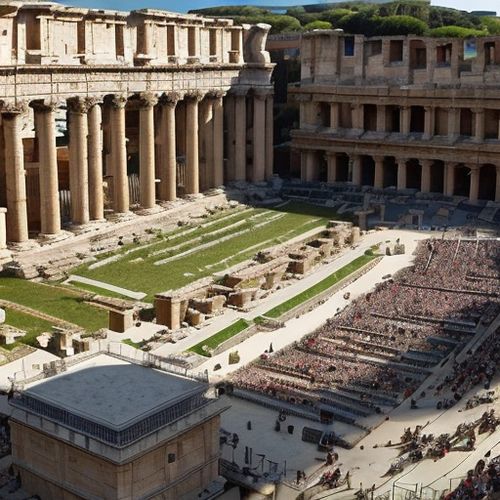
By Rebecca Stewart/Apr 13, 2025

By William Miller/Apr 13, 2025
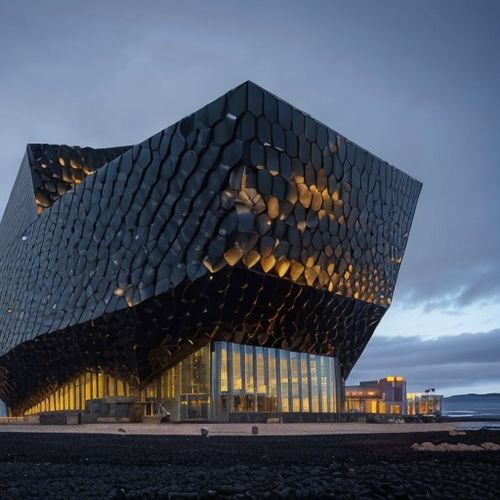
By Daniel Scott/Apr 13, 2025